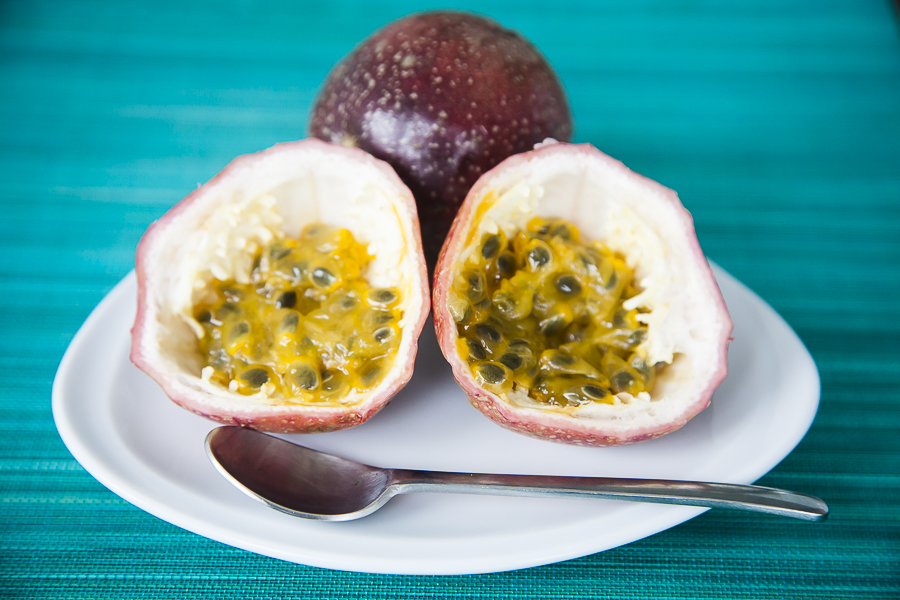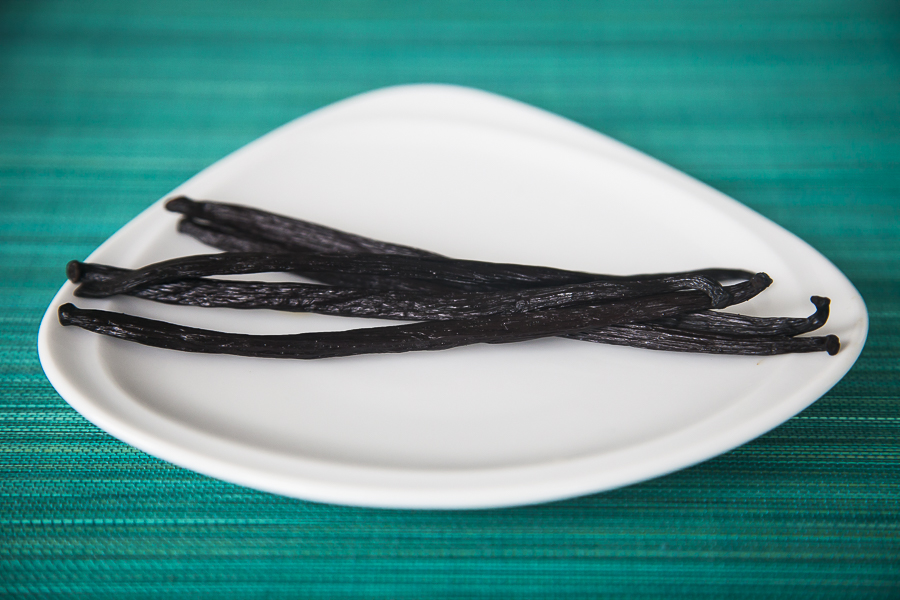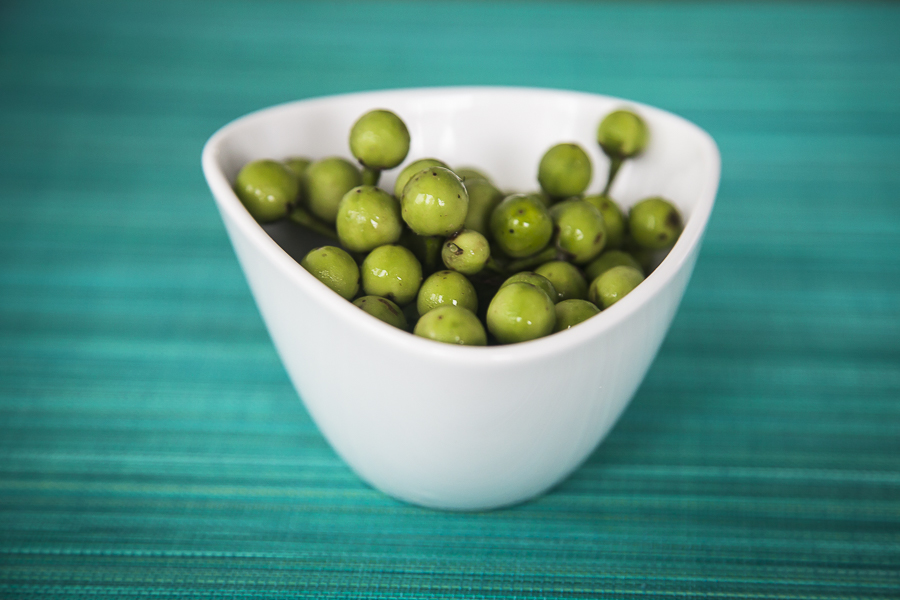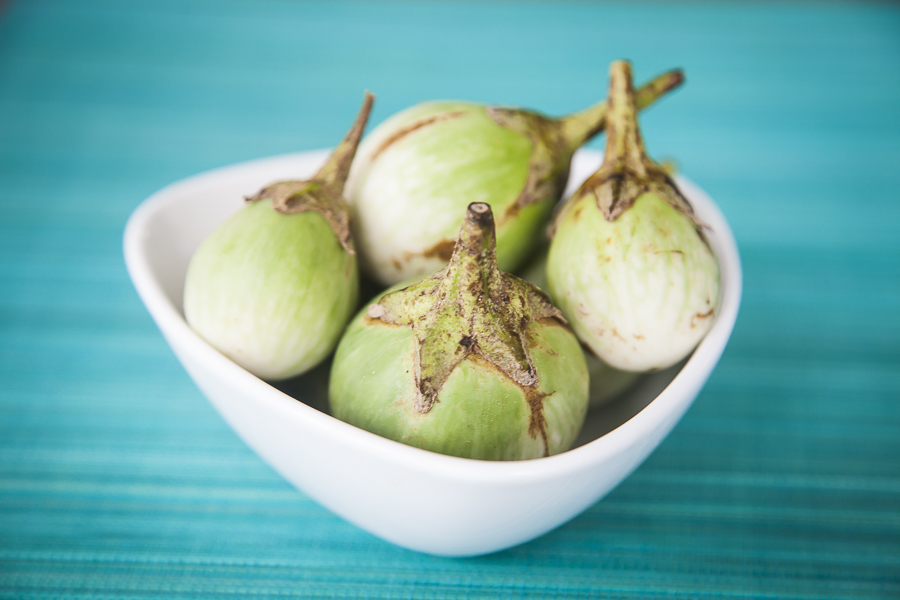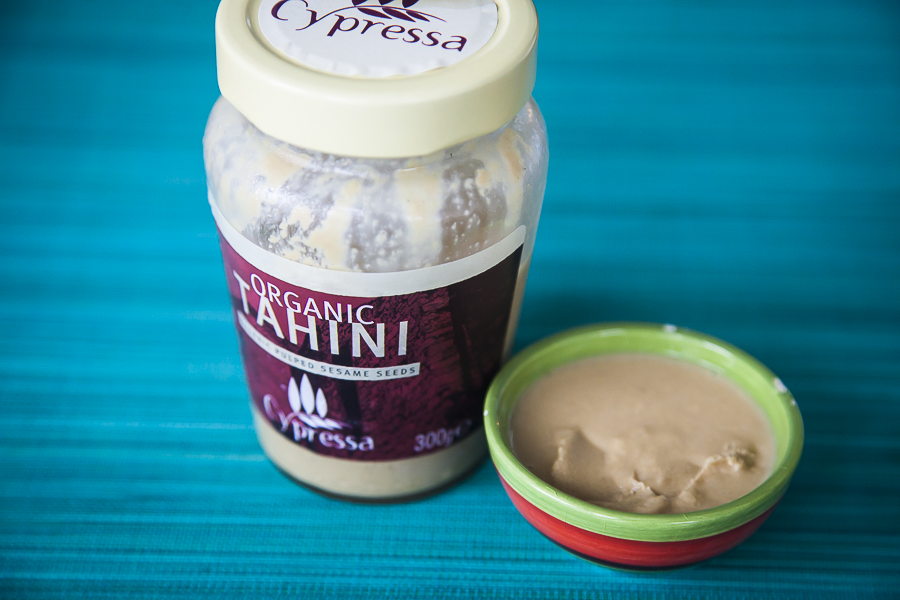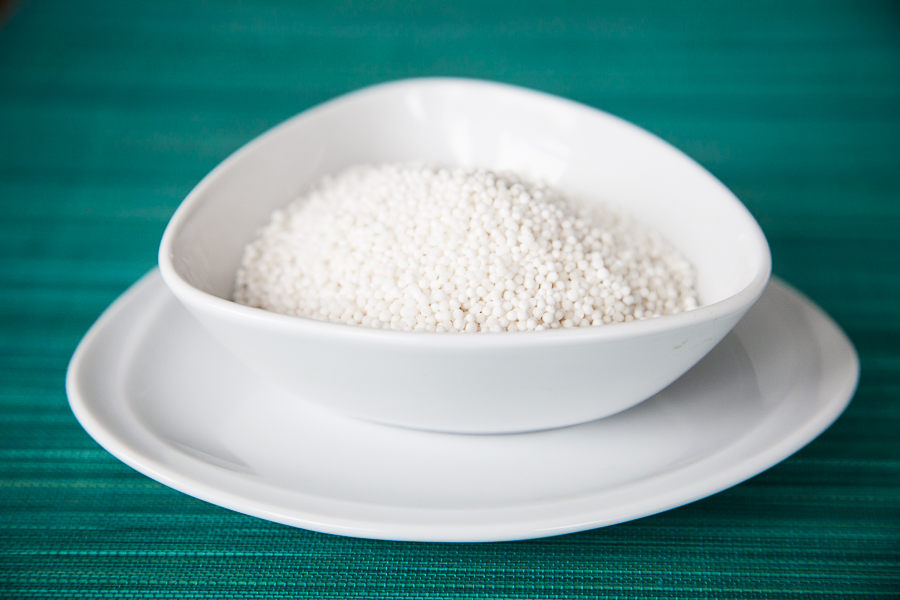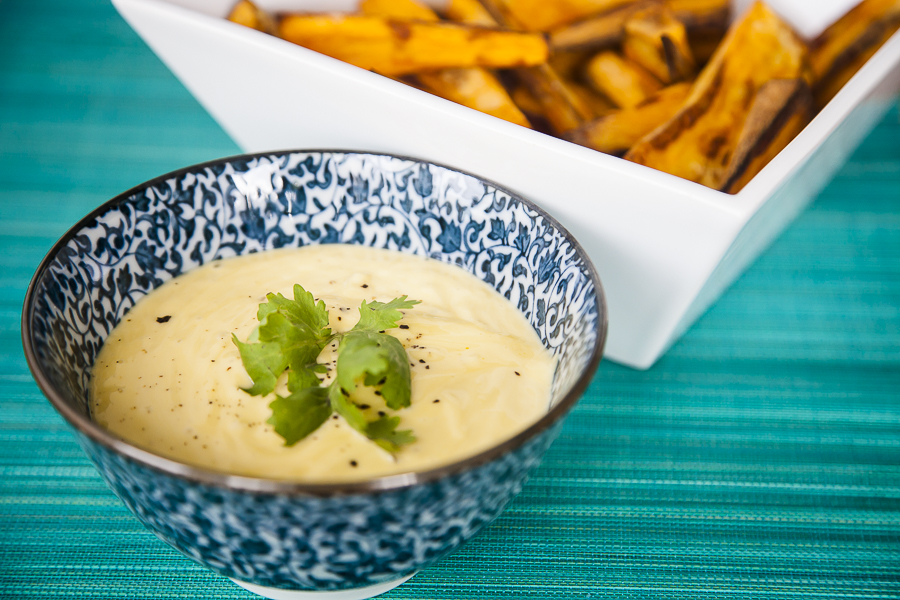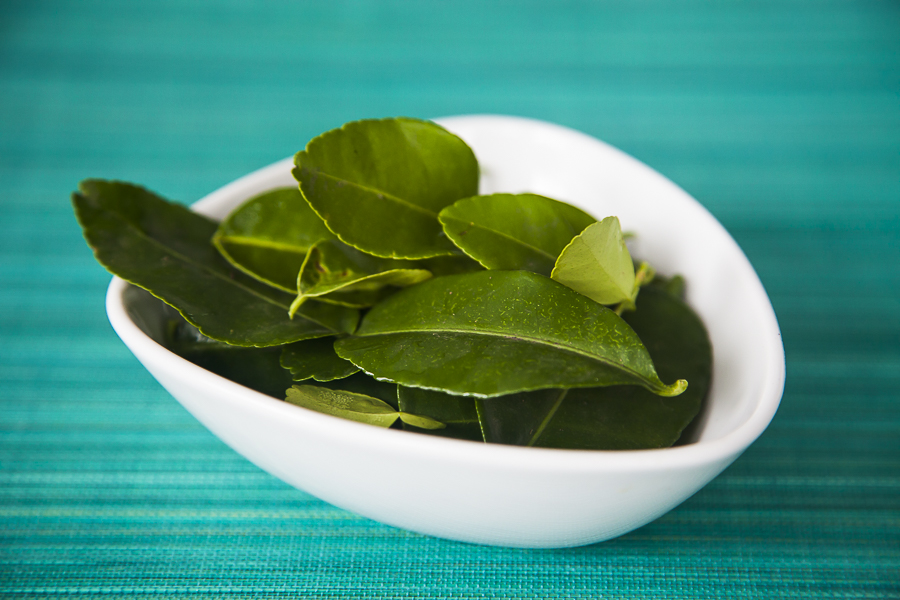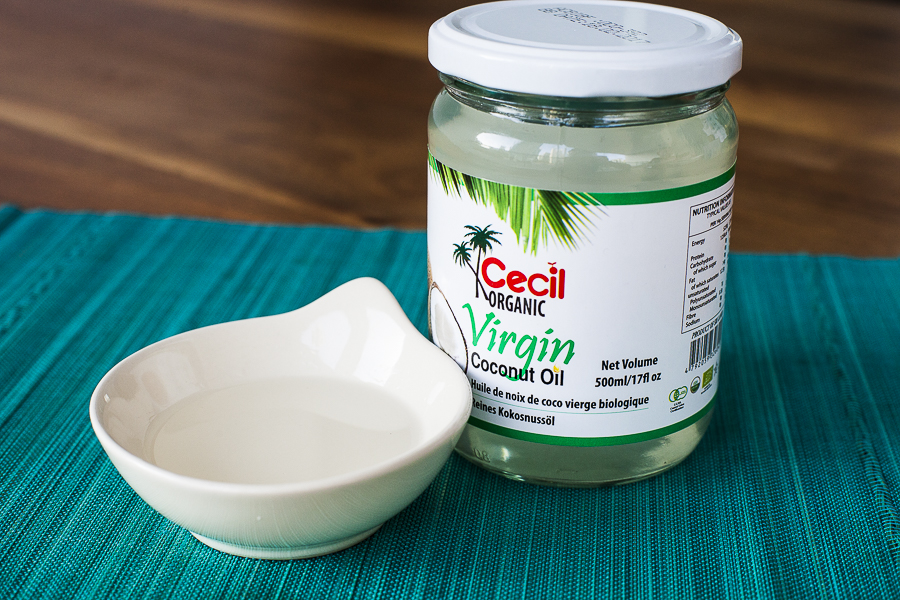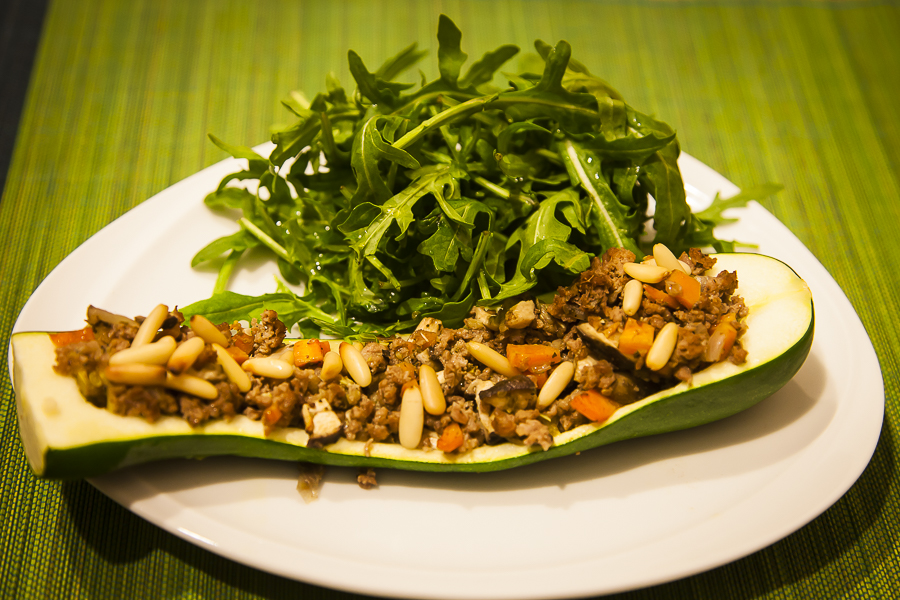Passionfruit is a vine species that is native to Brazil, Paraguay and northern Argentina. Its common names include passion fruit, passionfruit, and purple granadilla.
It is grown in tropical and subtropical areas for its sweet, seedy fruit and is widely grown in several countries of South America, Central America, the Caribbean, Africa, Southern Asia, Israel, Australia, Hawaii and United States.
The passion fruit is round to oval, either yellow or dark purple at maturity, with a soft to firm, juicy interior filled with numerous seeds. It has a very strong tropical flavour, and is delicious in drinks, sauces, fruit salads, and used as a flavouring or topping for cakes.
You eat both the seeds and the yellow seed sacks. The skin will turn wrinkly when it is ripe, so don’t think that it has gone off if you see this happening.

